Yellow flowers have long been celebrated for their vibrant, cheerful hue, brightening even the gloomiest of days. Garden design that leans into this sunny spectrum infuses landscapes with a sense of warmth and joy. Historically, yellow flowers symbolized friendship and new beginnings, making them a timeless choice for gardens big and small. While yellow roses or lilies might have once dominated the scene, today, there's a plethora of creative inspiration for designing a yellow flower garden. This type of design thrives on diversity, inviting gardeners to explore a mix of textures, heights, and blooms. Marigolds, sunflowers, daffodils, and coreopsis are just a few examples of the many options that can be woven together to craft a lively tapestry. But beyond their aesthetic appeal, yellow flowers often attract pollinators, adding an extra layer of ecological benefit to your garden. Don't let the old-fashioned images of monochrome flower beds fool you; a yellow flower garden can be as dynamic and versatile as you wish. Whether you're planning a subtle accent or a vivid statement piece, embracing the spectrum of yellow can elevate your landscape to new sunny heights. Dive into these yellow flower garden ideas and let your creativity bloom.
Vibrant yellow daisies mixed with lush green foliage create an inviting garden design. This combination not only adds color and warmth but also enhances the overall aesthetic appeal of the space. Source
Vibrant yellow daffodils in planters enhance curb appeal. Incorporating layered plantings can create a visually striking and welcoming entrance. Source
Vibrant yellow daffodils accented by blue flowers create a cheerful garden design. This combination enhances visual interest and invites a sense of joy into the space. Source
Vibrant yellow zinnia arrangement. Incorporating varied heights and groupings can enhance visual interest and create a cheerful atmosphere in your garden. Source
Vibrant yellow flower garden design with tall goldenrod plants and butterflies. This design attracts pollinators, enhancing biodiversity and visual appeal. Source
Staircase flanked by vibrant yellow flowers. This design adds colorful charm and creates a welcoming path to your garden. Source
Yellow flower garden design with contrasting purple foliage. This combination adds visual interest and highlights the vibrant yellow blooms. Source
Vibrant daffodil garden design with complementary ornamental grasses. This combination adds texture and contrast, enhancing the visual appeal of the landscape. Source
Vibrant yellow flower border. Incorporating these flowers along pathways can create a cheerful and inviting atmosphere in gardens. Source
Bouquet of yellow roses and white flowers. This combination brings warmth and elegance to any space. Source
Yellow flower clusters combined with purple accents. This design utilizes contrasting colors to create a vibrant and visually appealing garden. Source
Vibrant yellow wildflower garden design. Incorporating different heights and textures creates visual interest and attracts pollinators, enhancing biodiversity. Source
Yellow flower garden design featuring black-eyed Susans and white cosmos. This combination adds vibrant color and contrast to the landscape. Source
Vibrant yellow pansies and ornamental kale combination. This design offers a striking contrast of colors and textures, enhancing visual interest in small garden spaces. Source
Colorful floral archway design. Incorporate yellow sunflowers with purple blooms for contrast. This combination creates a vibrant, inviting focal point for gatherings. Source
Vibrant yellow dahlia focal point. Incorporating bold, warm colors in a garden design can create an inviting and cheerful atmosphere. Source
Vibrant yellow flower arrangements with zinnias and dahlias. This colorful bouquet can enhance garden design by adding a cheerful focal point. Source
Vibrant yellow daisy collection. Incorporating these bright flowers can create a cheerful and inviting atmosphere in your garden design. Source
Colorful floral arrangement. Incorporate yellow roses and delicate white daisies for added texture and brightness. This combination brings a cheerful ambiance and vibrant energy to any space. Source
Vibrant yellow flower beds featuring bronze centers. This design adds warmth and visual interest, brightening up any garden space. Source
Plant arrangement layout
Plant arrangement layout is all about creating eye-catching groupings that highlight different textures and colors. Think about layering taller plants in the back with shorter ones in the front for depth, while mixing perennials and annuals for continuous blooms. A little symmetry can go a long way, but don't be afraid to play with asymmetry for a more relaxed vibe.
Blooming schedule
A blooming schedule is key to keeping your garden vibrant year-round. Planning out which flowers bloom in different seasons helps maintain color and interest, plus it makes sure your garden is always looking its best. You can mix early bloomers like crocuses with summer favorites like sunflowers for a burst of beauty all year long.
Garden path materials
Choosing the right materials for garden paths can really make a difference in the overall look. Options like gravel, stones, and bricks offer unique textures and colors that fit different styles. Plus, they can create a cozy atmosphere while guiding visitors through the garden.
Focal point structures
Focal point structures make a garden pop and draw the eye in. Think about adding a unique sculpture, a stunning water feature, or even an eye-catching tree to create that wow factor. These elements not only enhance the overall aesthetic but also set the mood and inspire conversation.
Companion plant selection
Companion planting can totally enhance your garden's health and productivity. Pairing flowers with veggies, like marigolds with tomatoes, can naturally repel pests while attracting beneficial insects. Also, growing basil near peppers not only improves their flavor but can boost their overall growth, so get creative with your plant combinations!
Seasonal maintenance plan
Creating a seasonal maintenance plan for your garden keeps everything thriving and beautiful year-round. In spring, focus on planting, pruning, and adding mulch to prepare for the growing season. Summer requires regular watering, deadheading flowers, and checking for pests, while fall can involve cleaning up debris and dividing perennials for next year.
Insect and pest management
Insect and pest management in garden design is all about creating a balance between attracting beneficial bugs and deterring the unwanted ones. Incorporating companion planting can naturally repel pests while inviting ladybugs and bees, which are super helpful for plants. Don't forget to include physical barriers like row covers or insect nets to keep pests away without harsh chemicals!
In garden design, incorporating yellow flowers can create a vibrant and cheerful atmosphere, accentuating the natural beauty in both contemporary and traditional settings. The process involves carefully selecting a variety of yellow blooms such as sunflowers, marigolds, and daffodils, ensuring a mix of heights, textures, and blooming seasons to maintain visual interest throughout the year. The result is a harmonious and eye-catching garden space that not only highlights the aesthetic appeal of yellow's sunny hue but also enhances pollinator attraction and complements surrounding greenery.

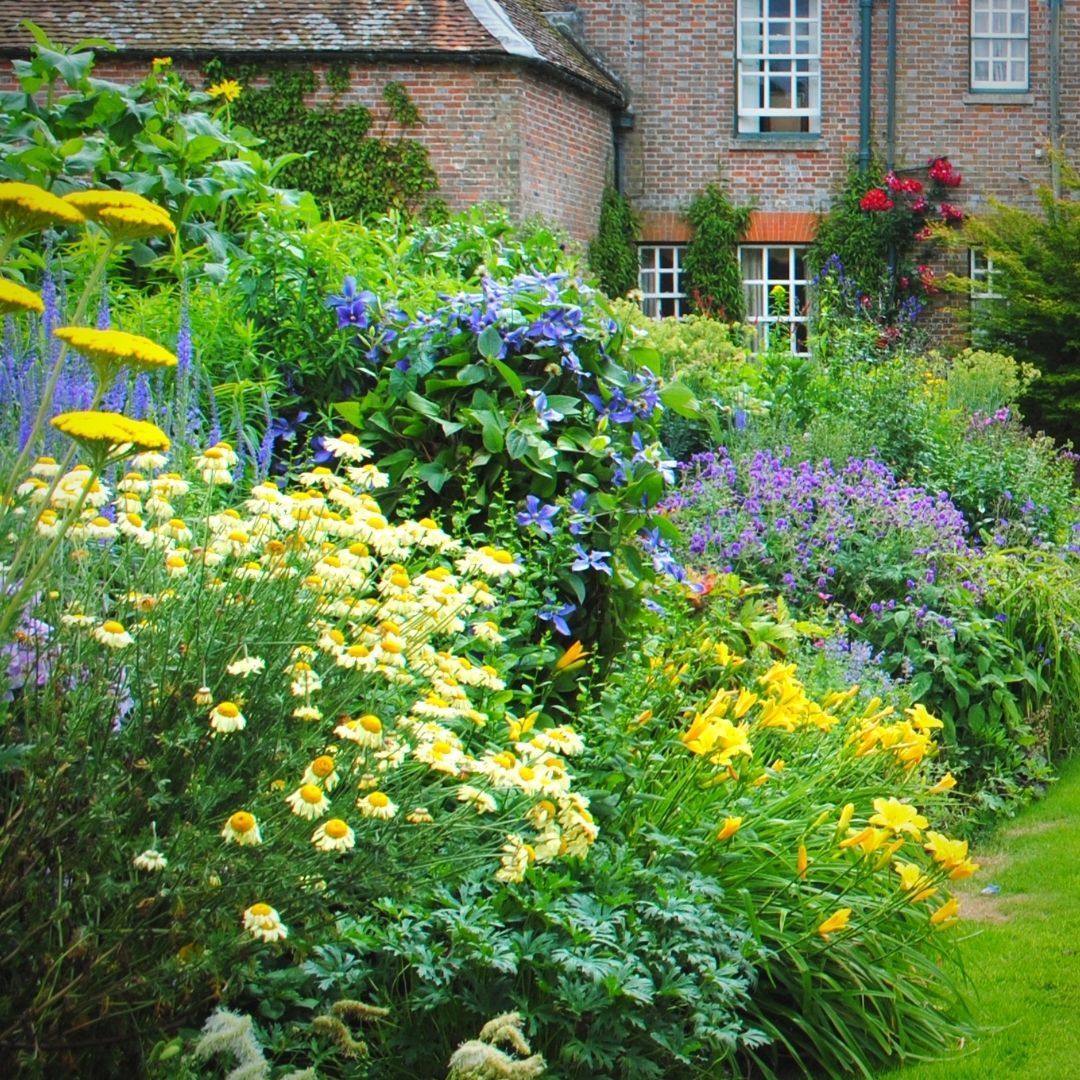
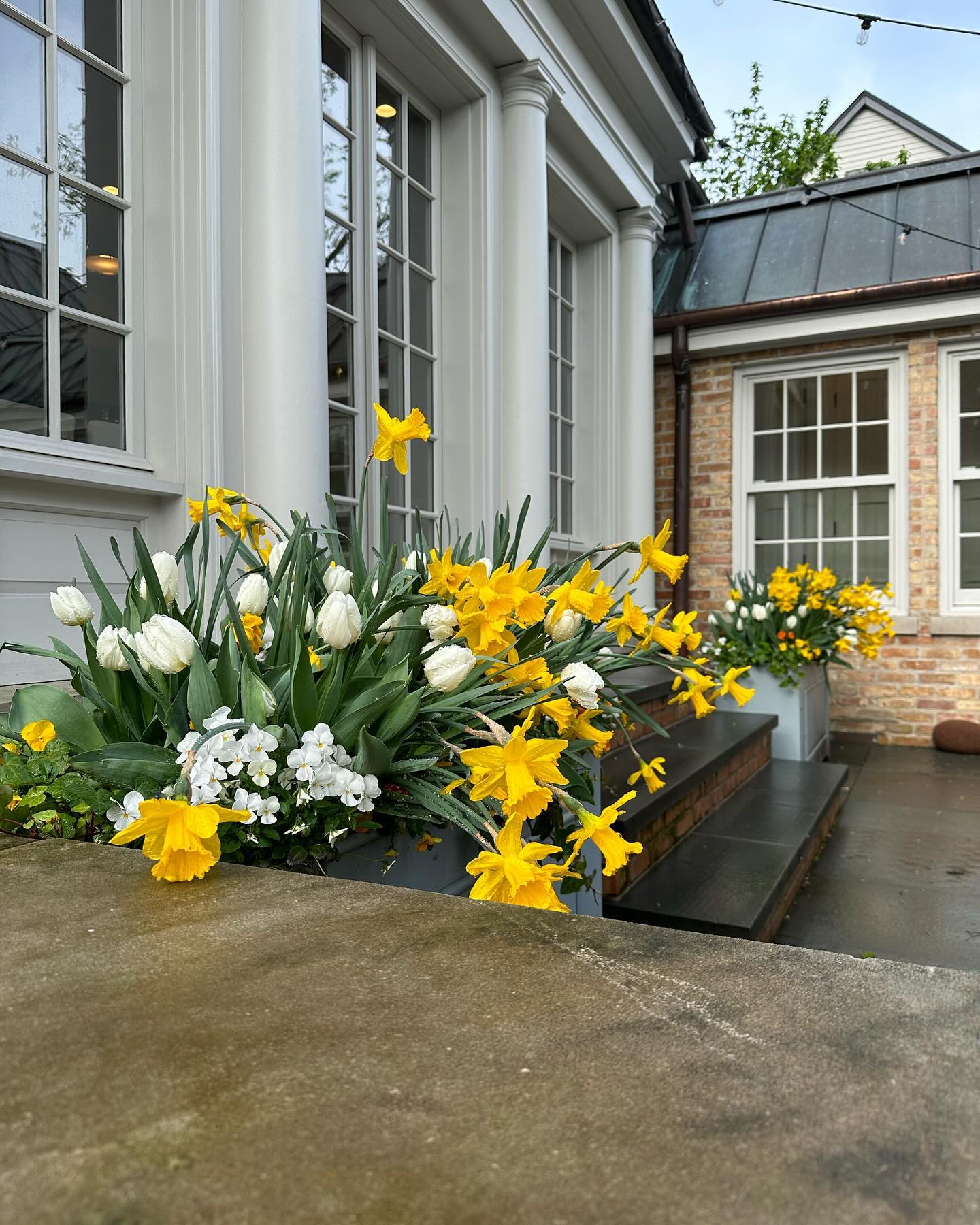
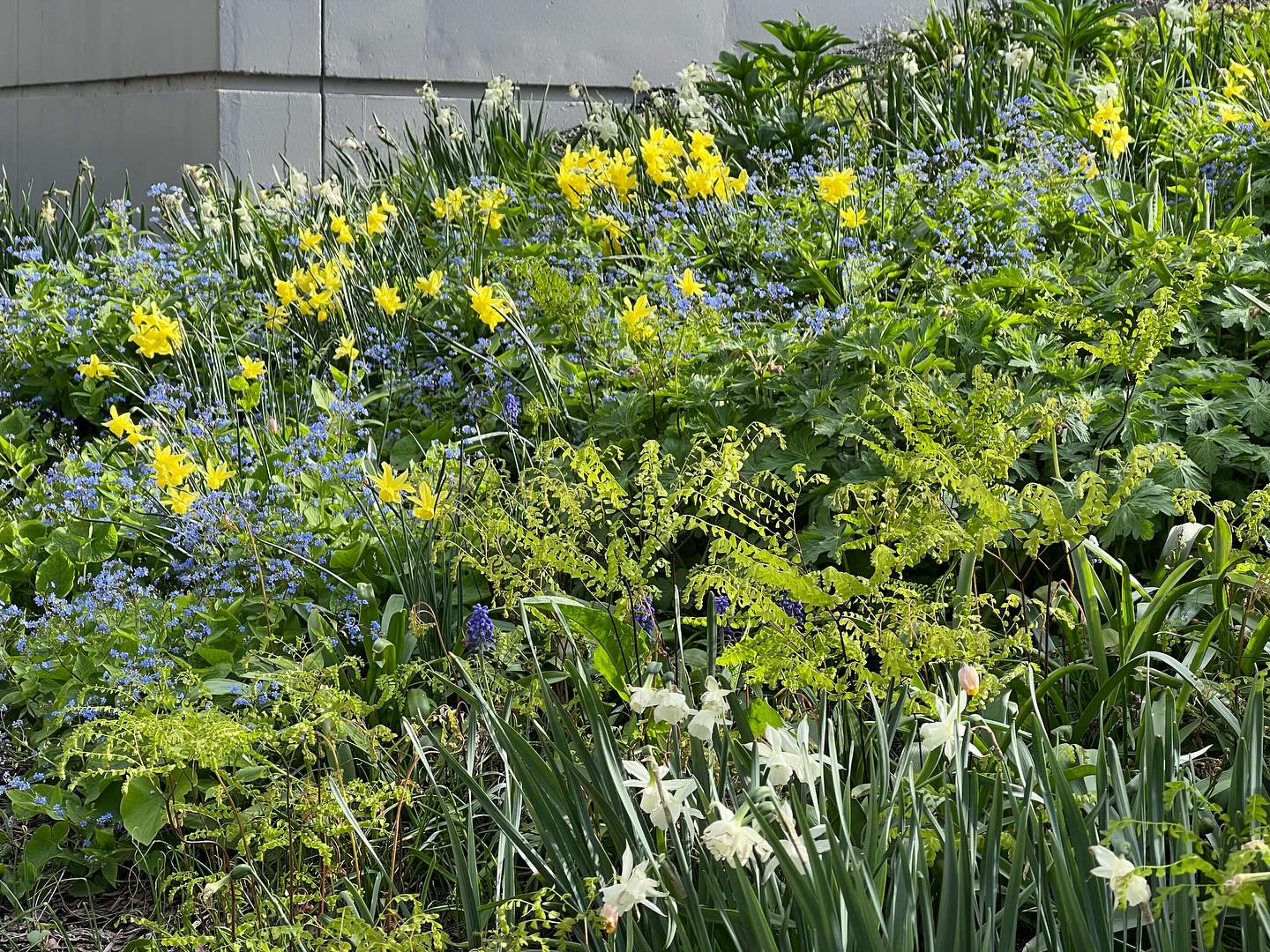
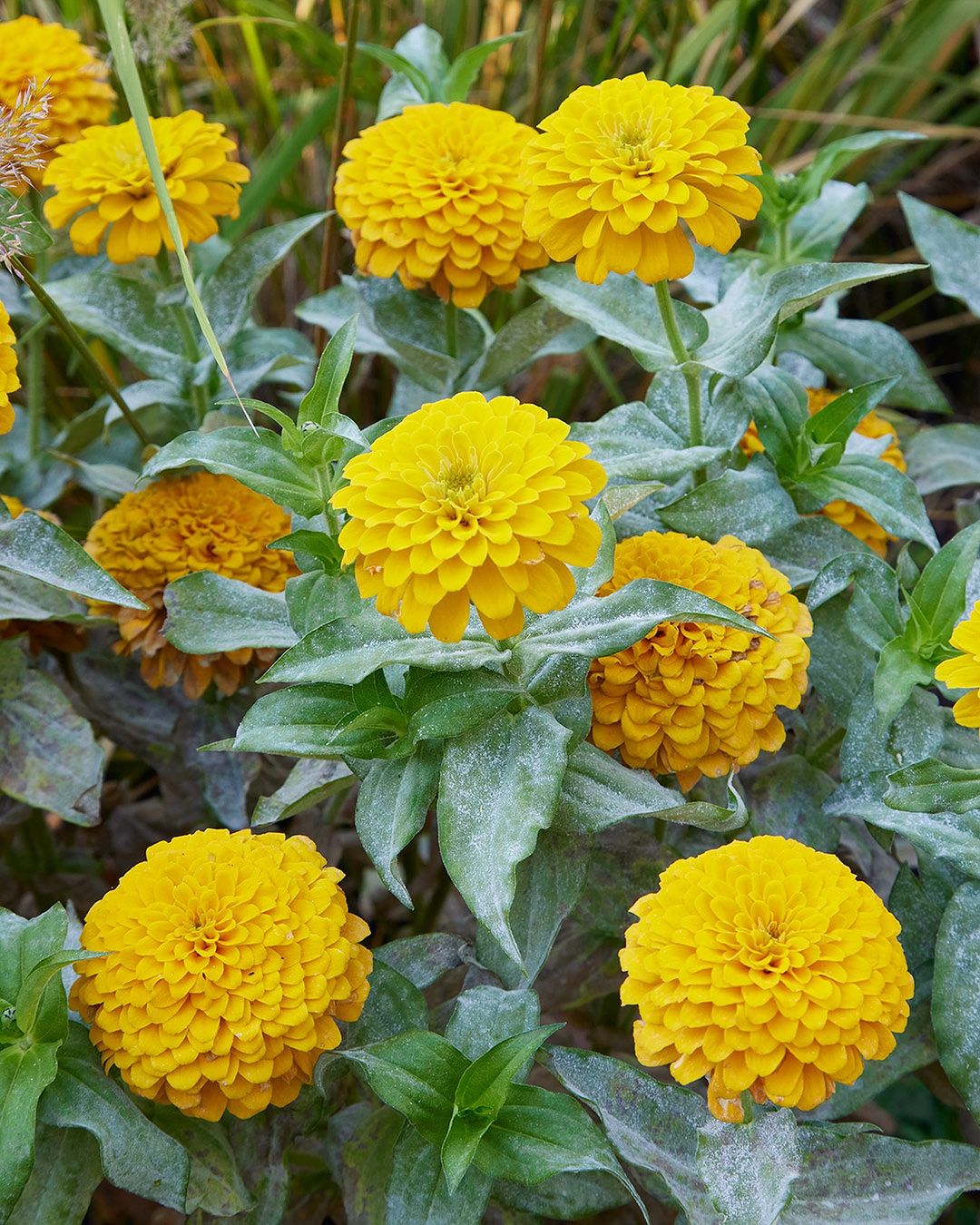

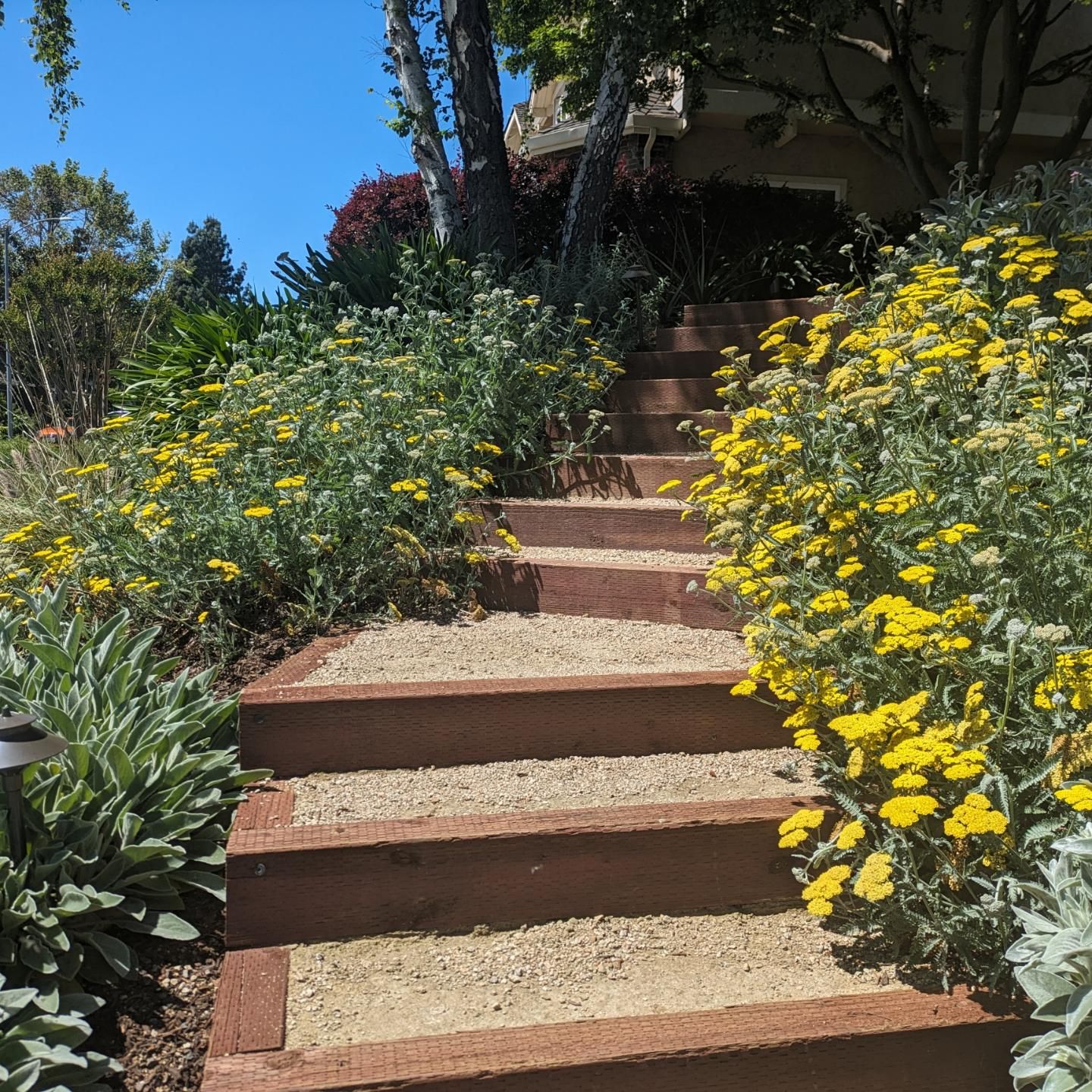
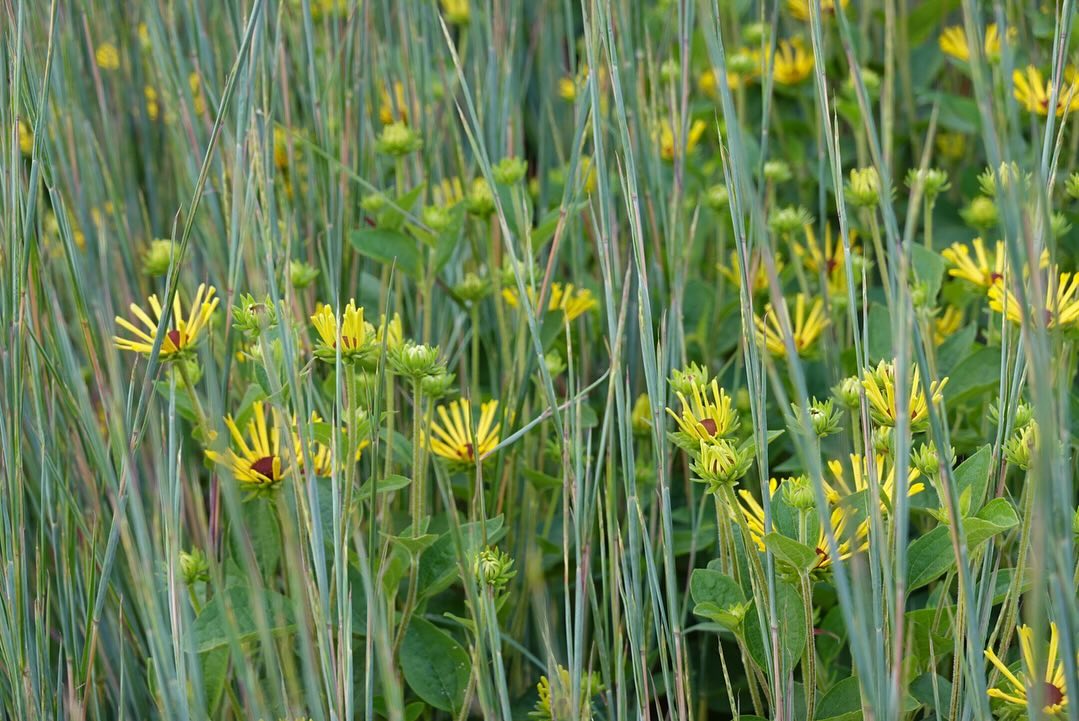
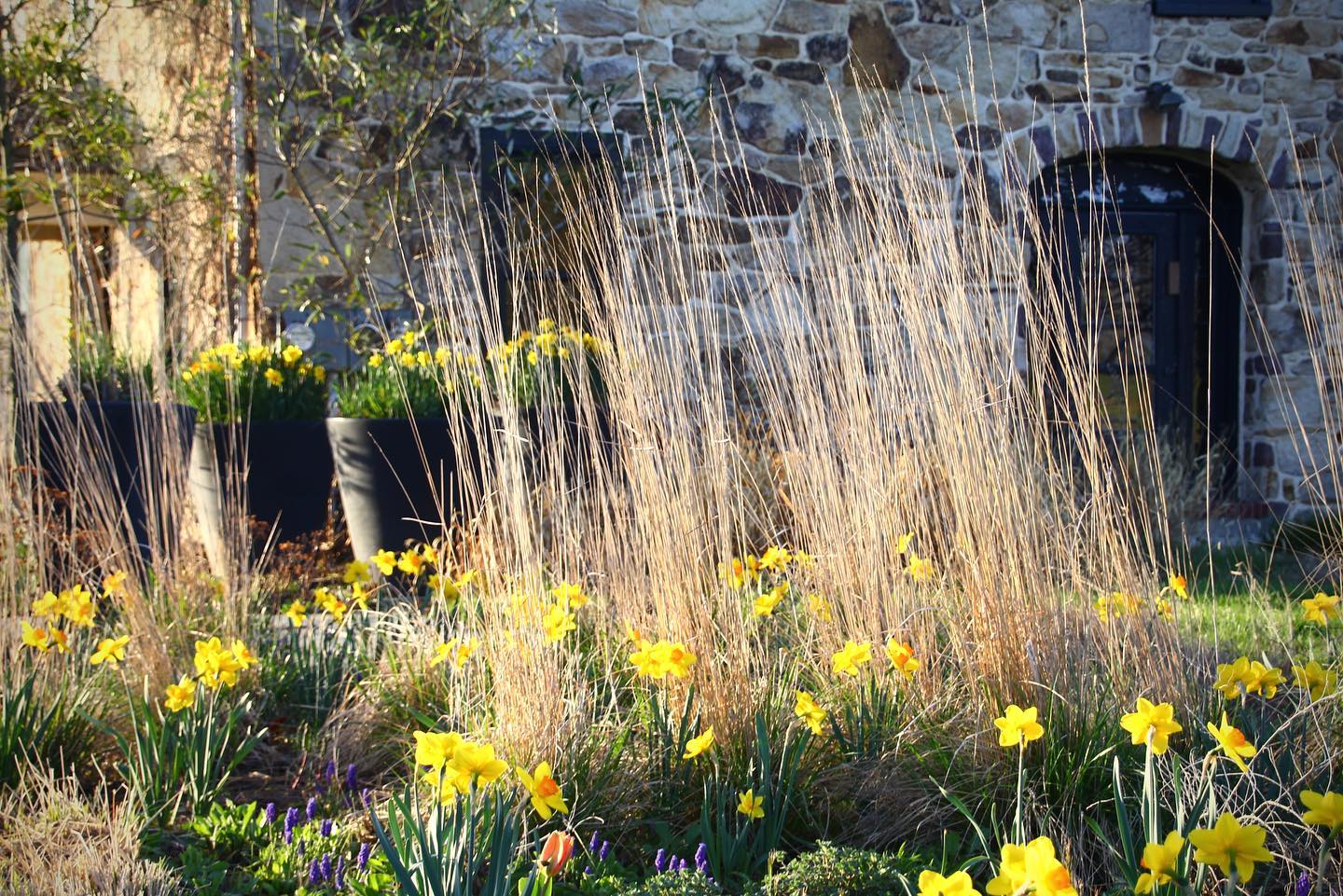

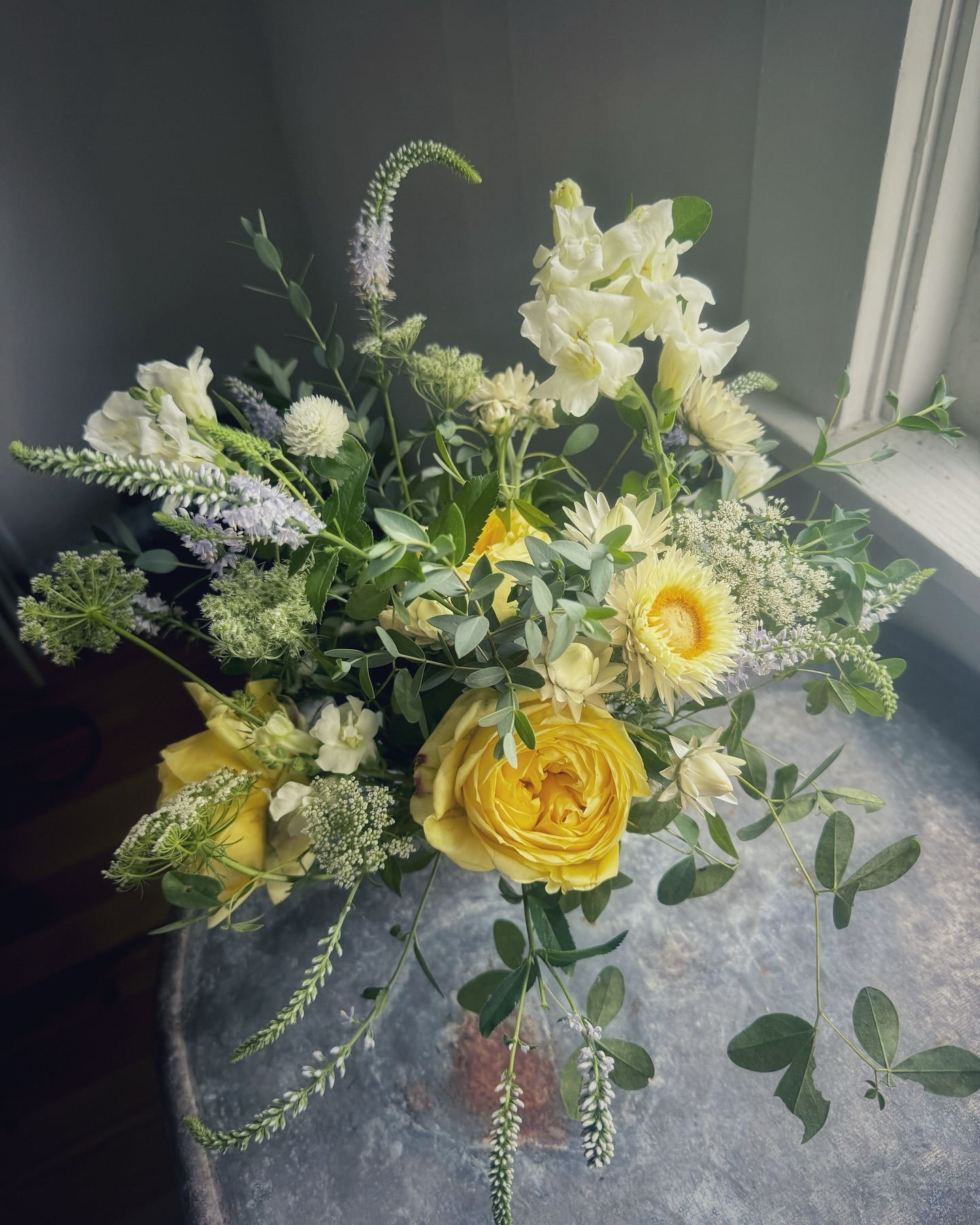
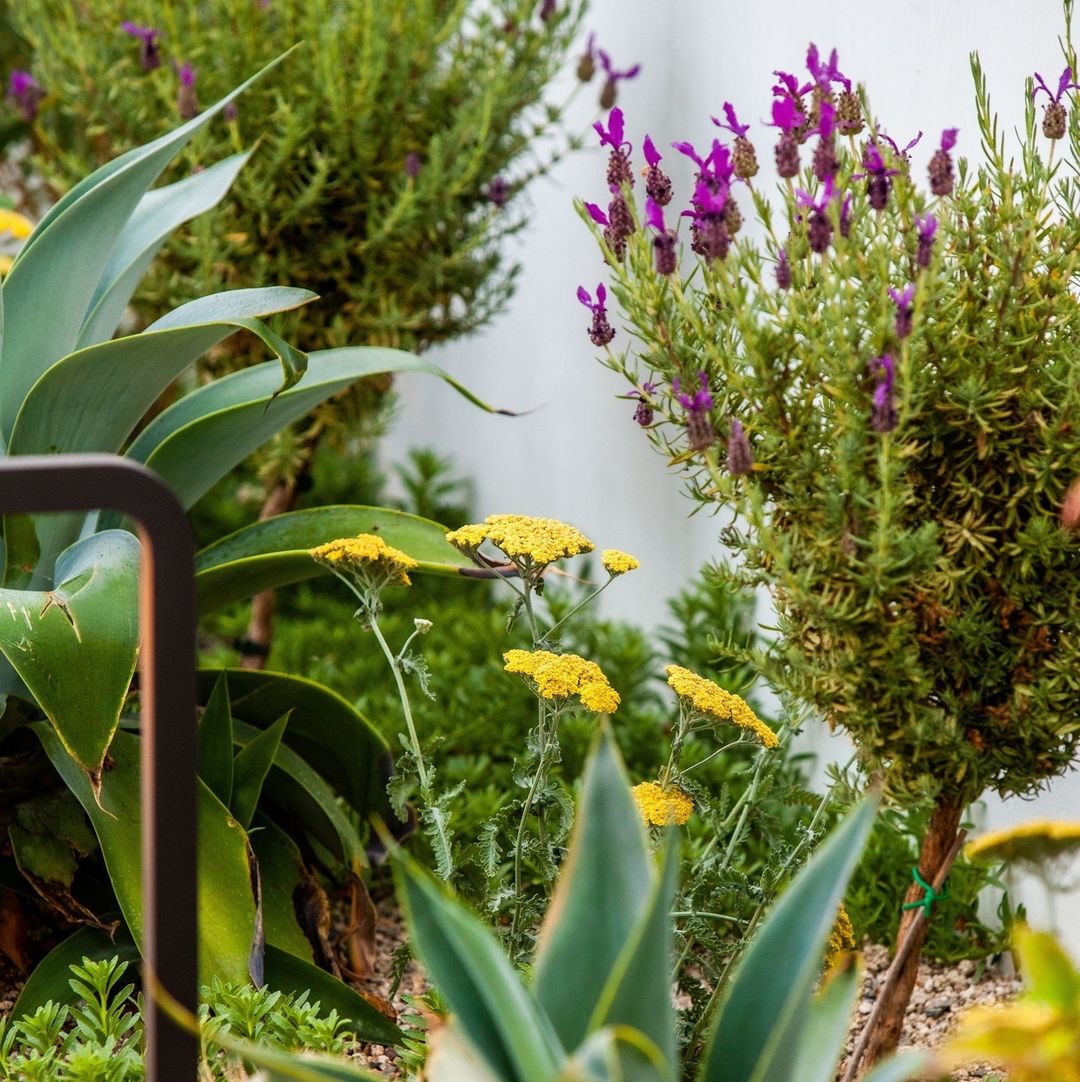
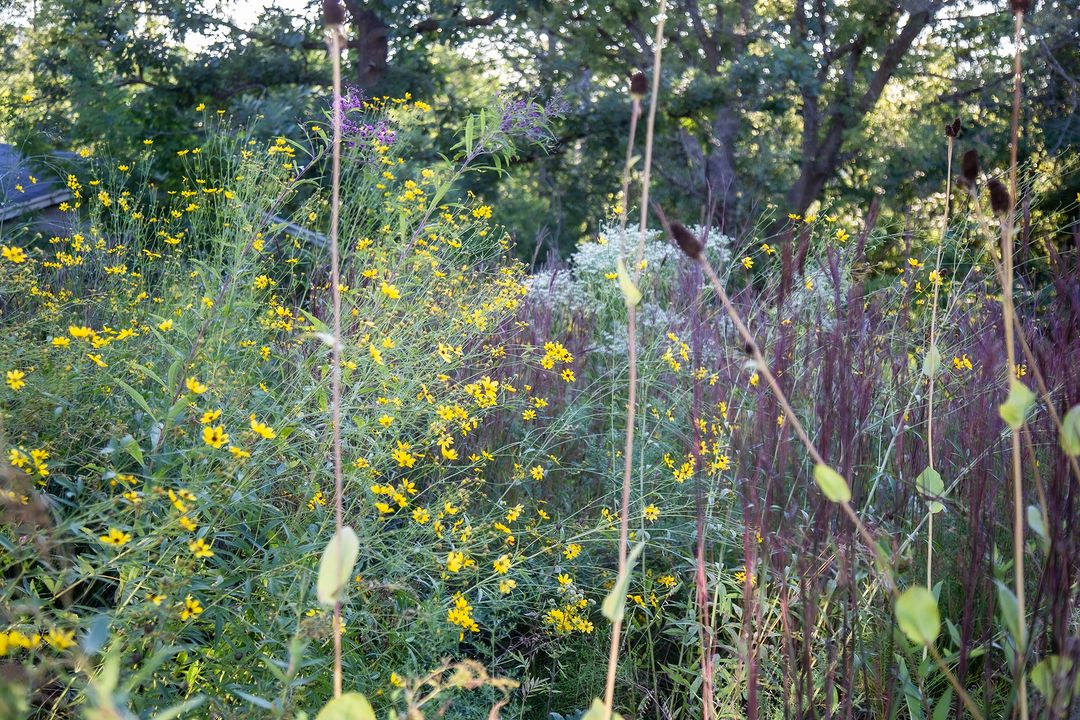
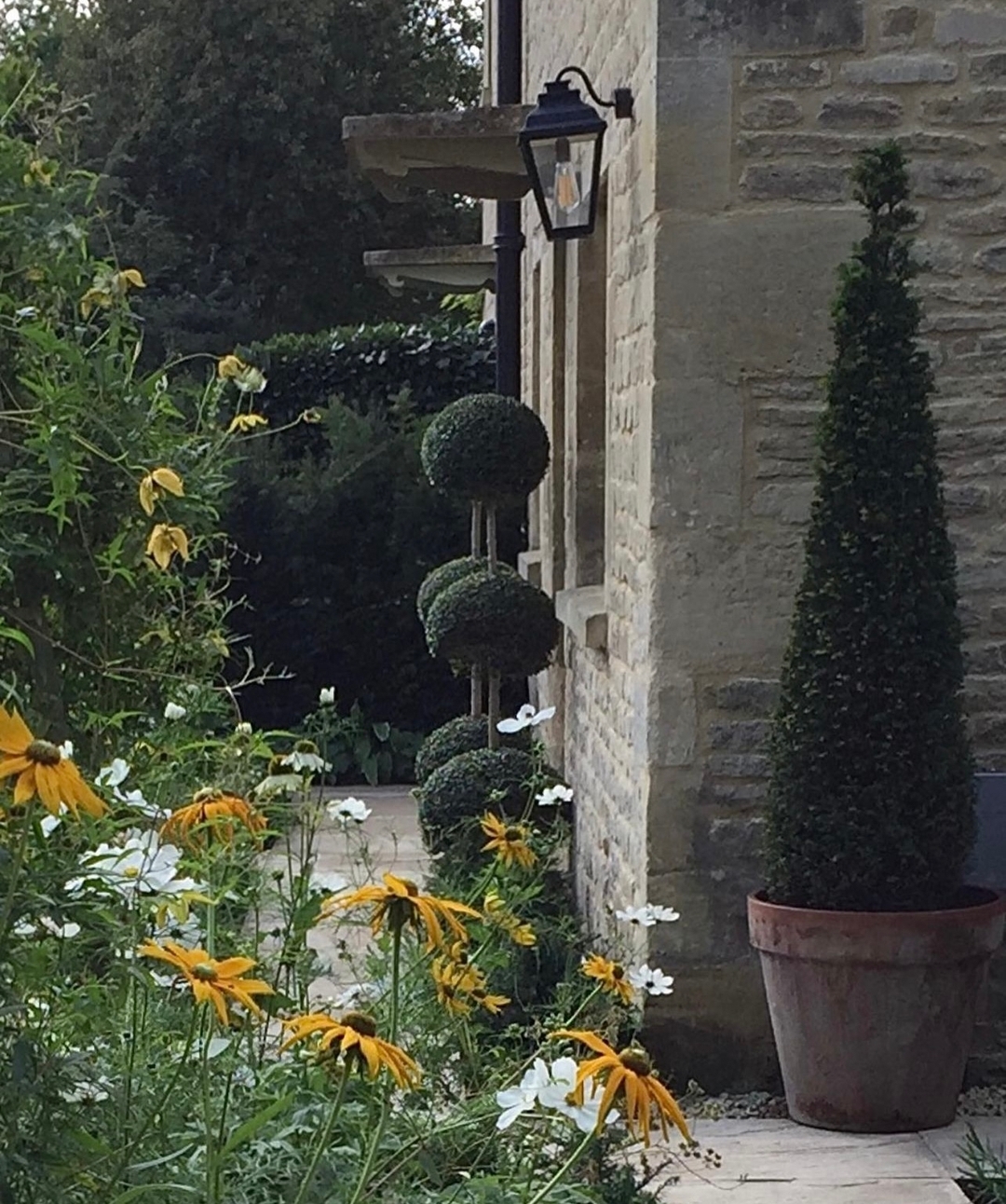
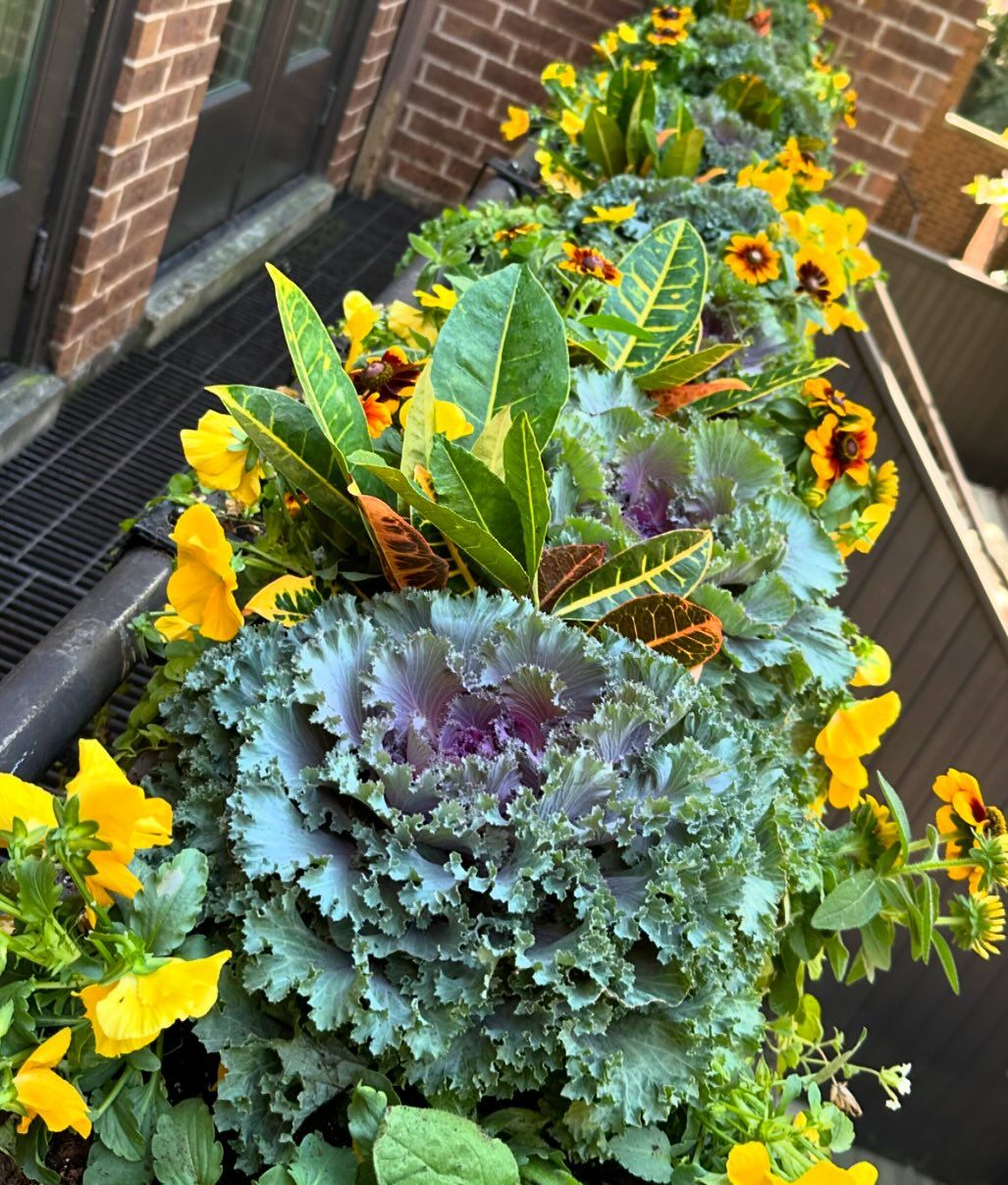
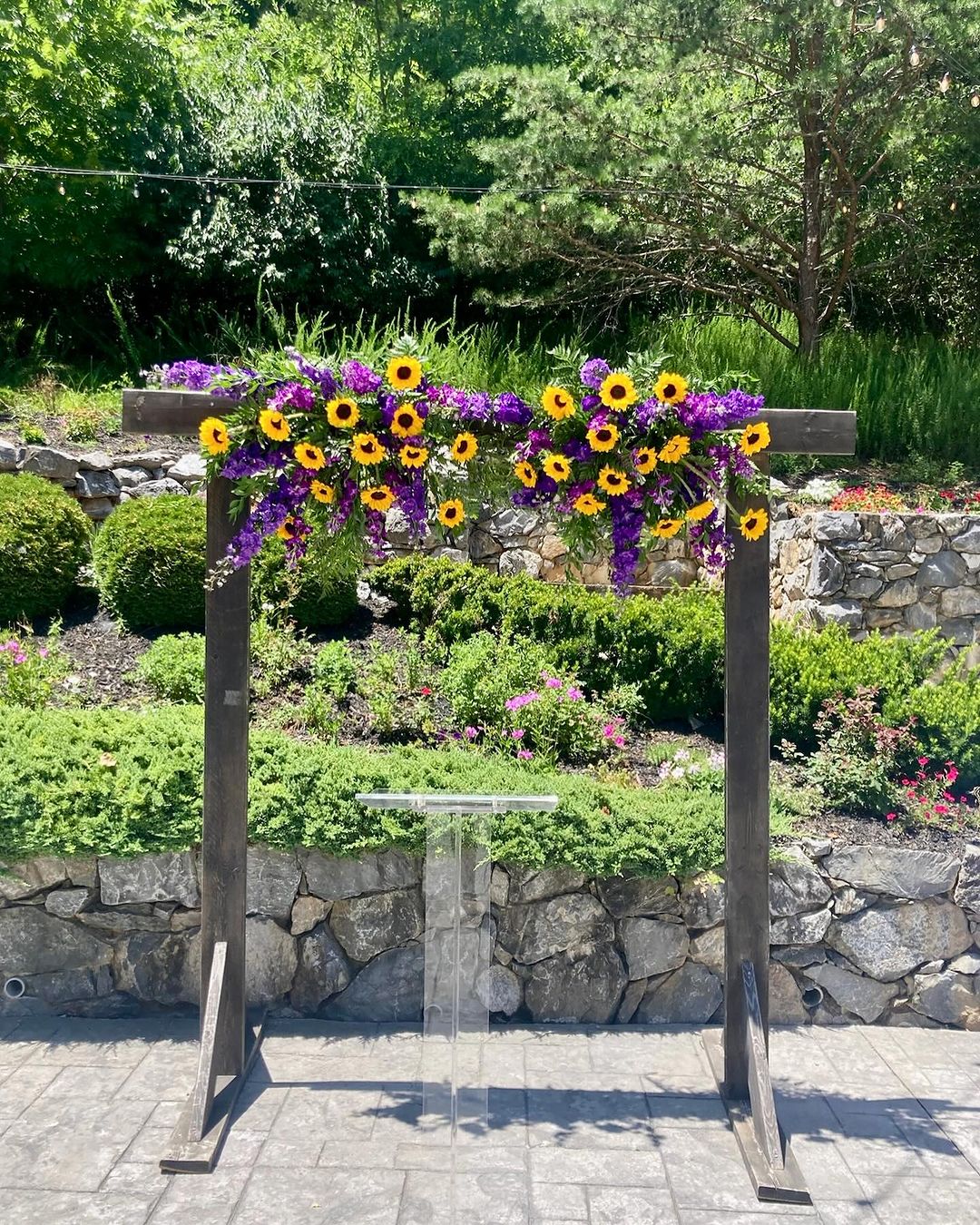
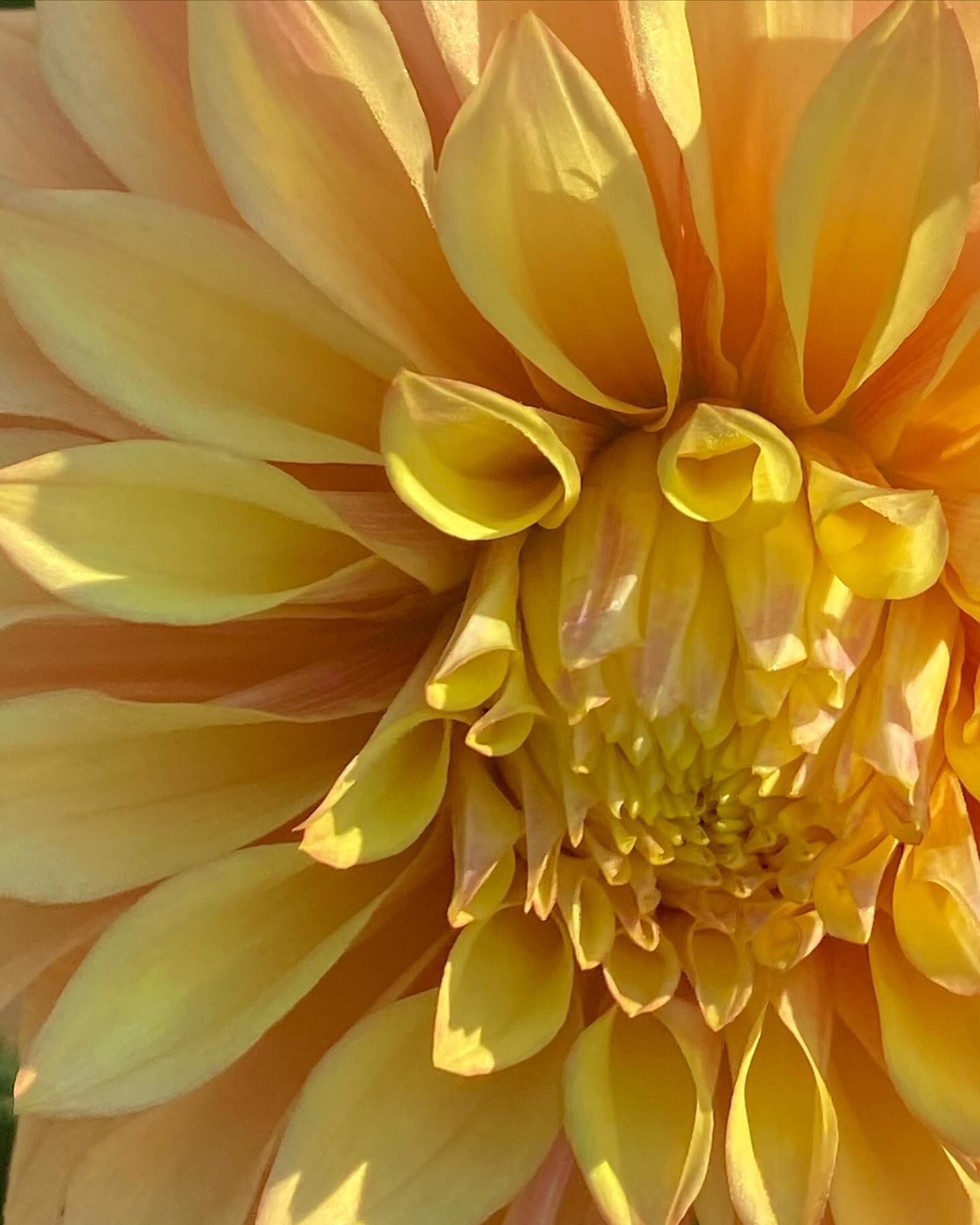
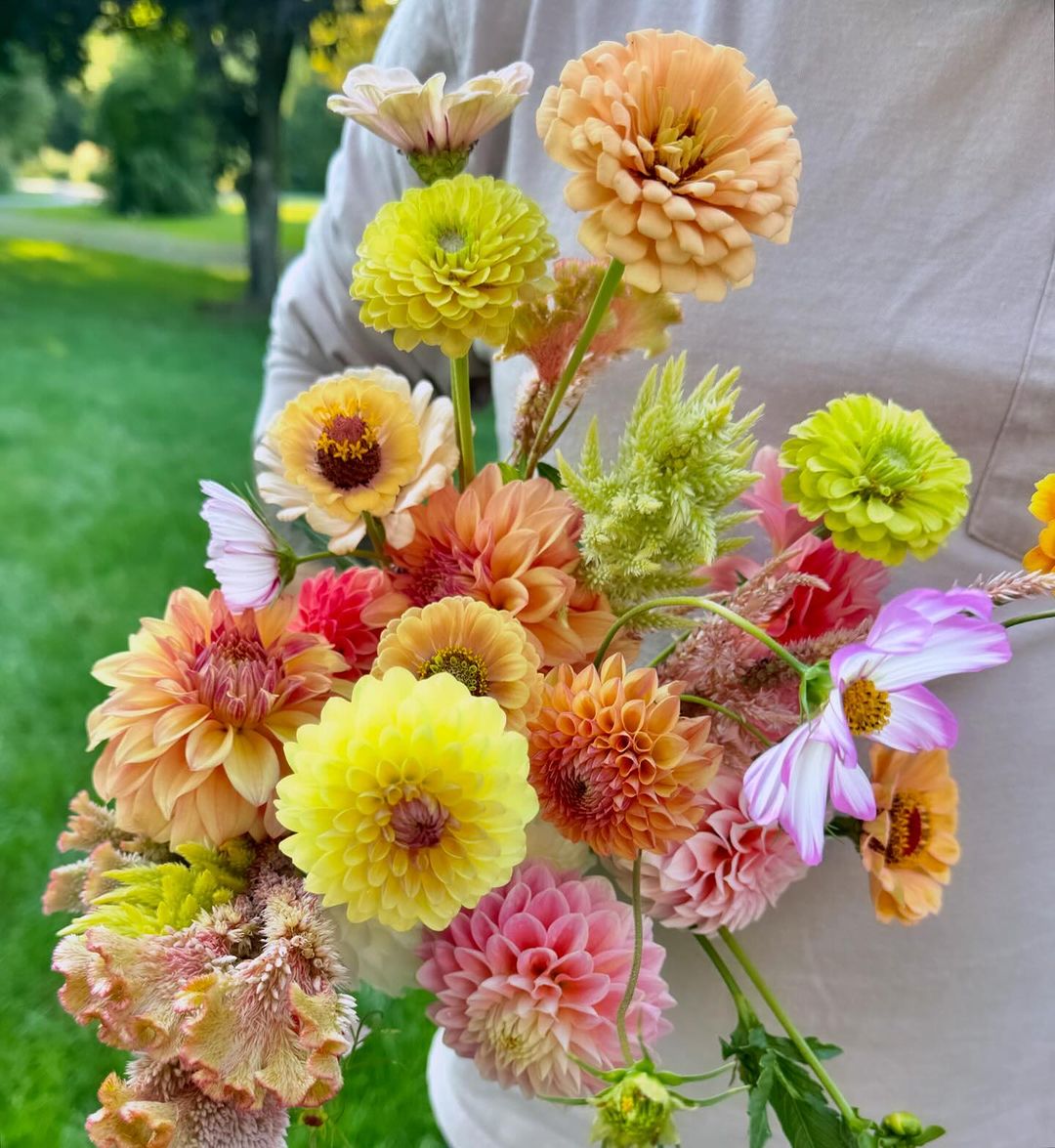
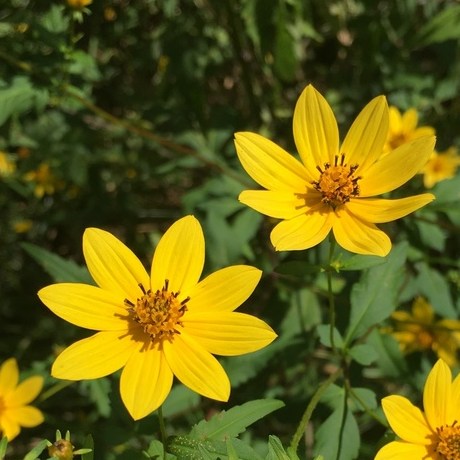
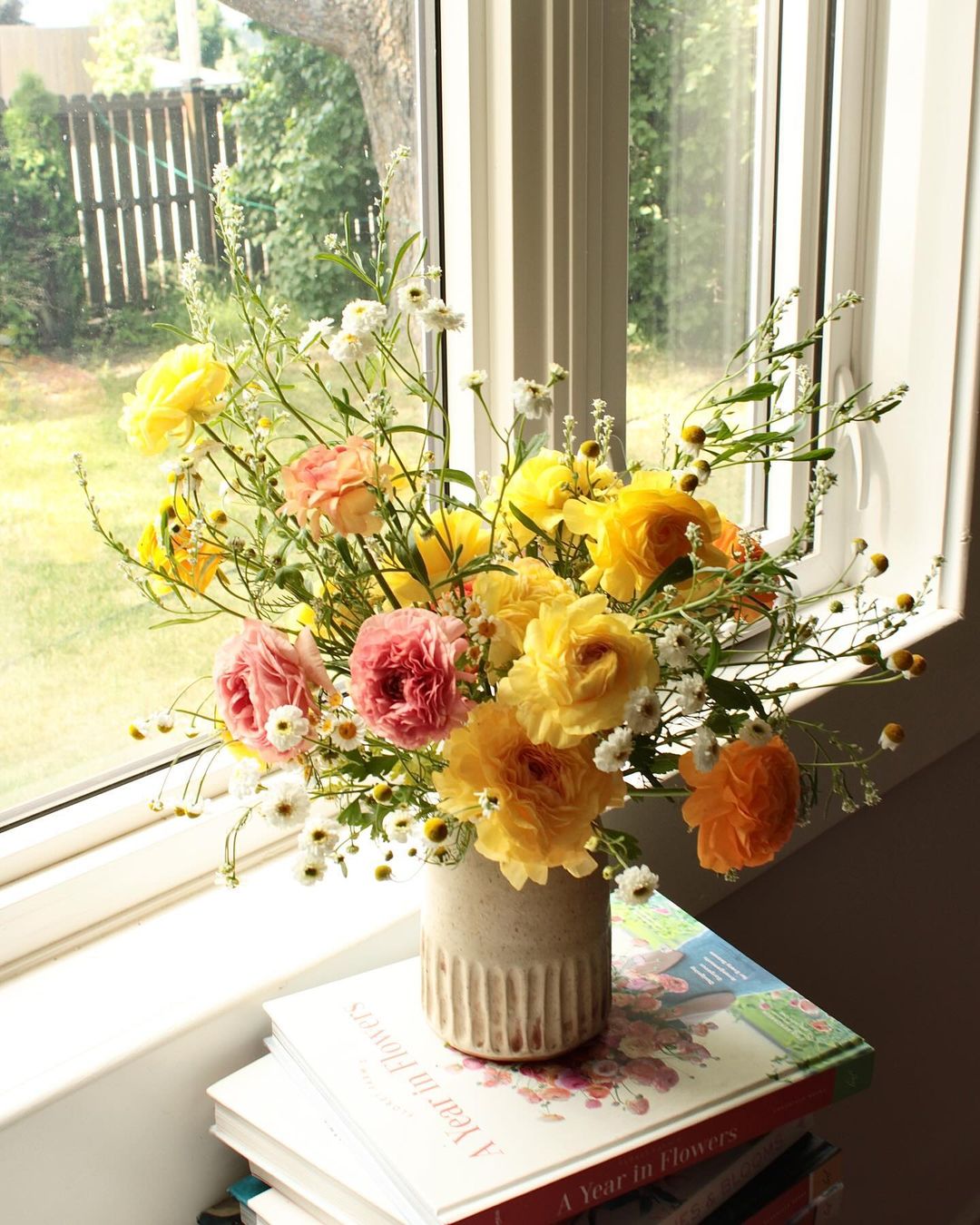
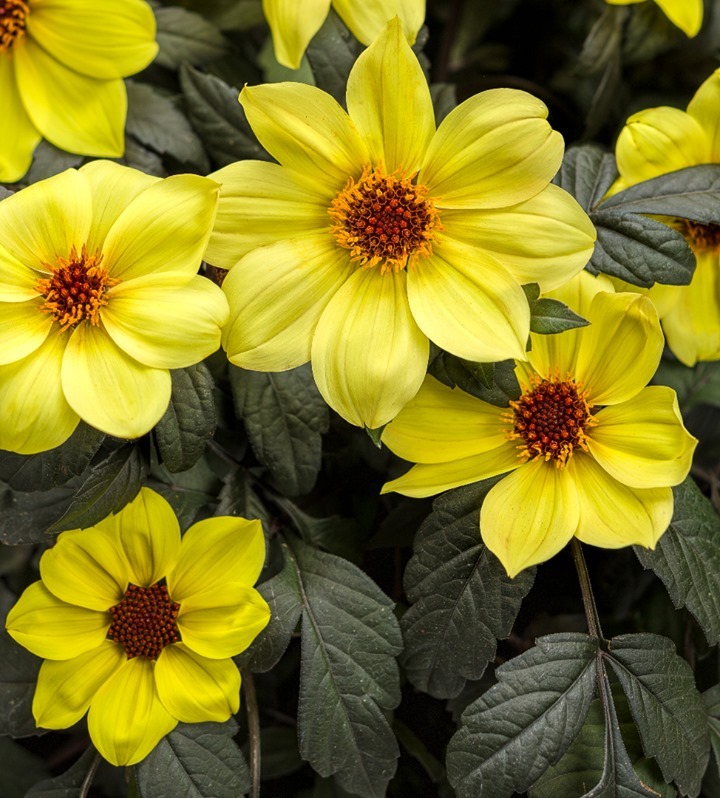

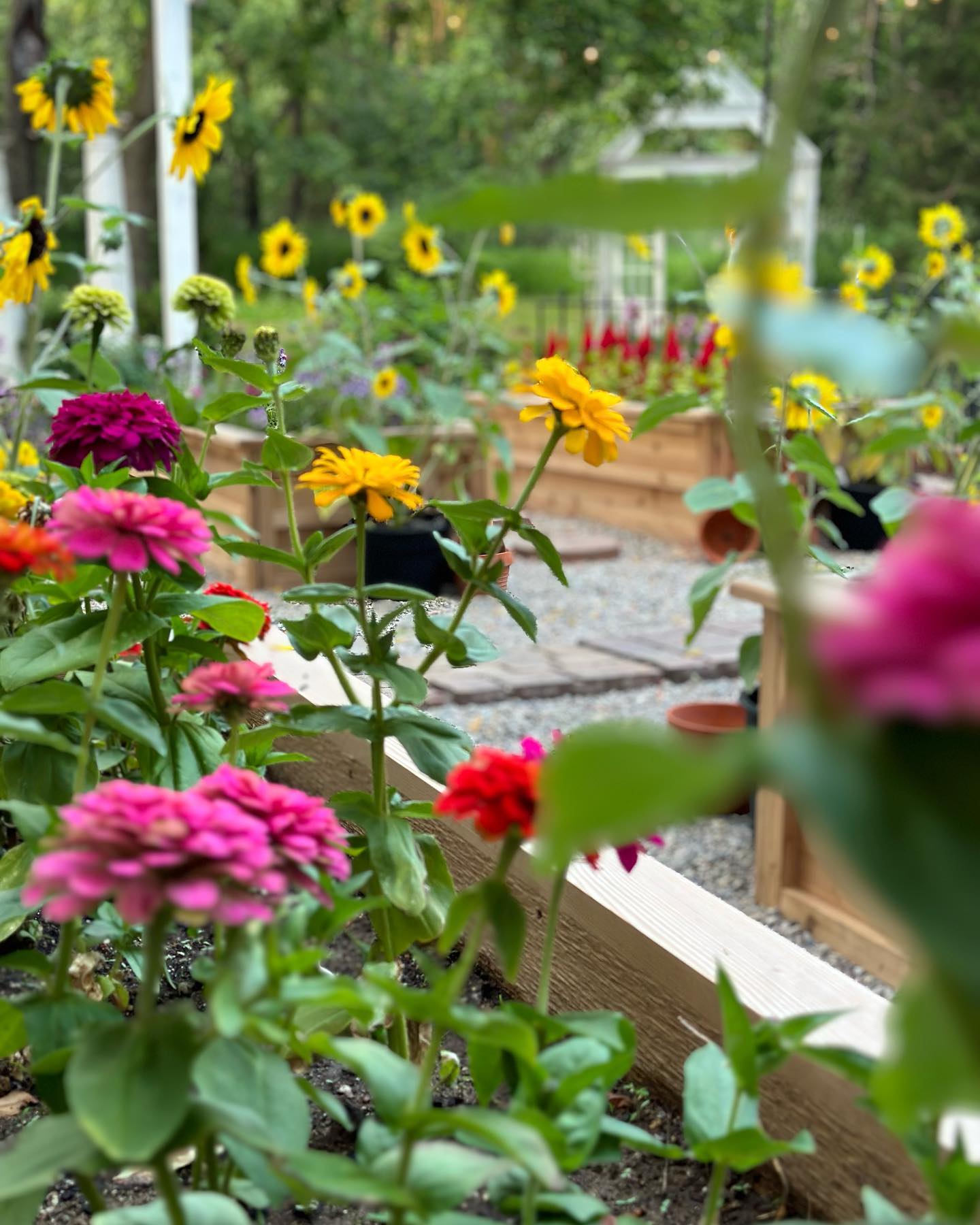
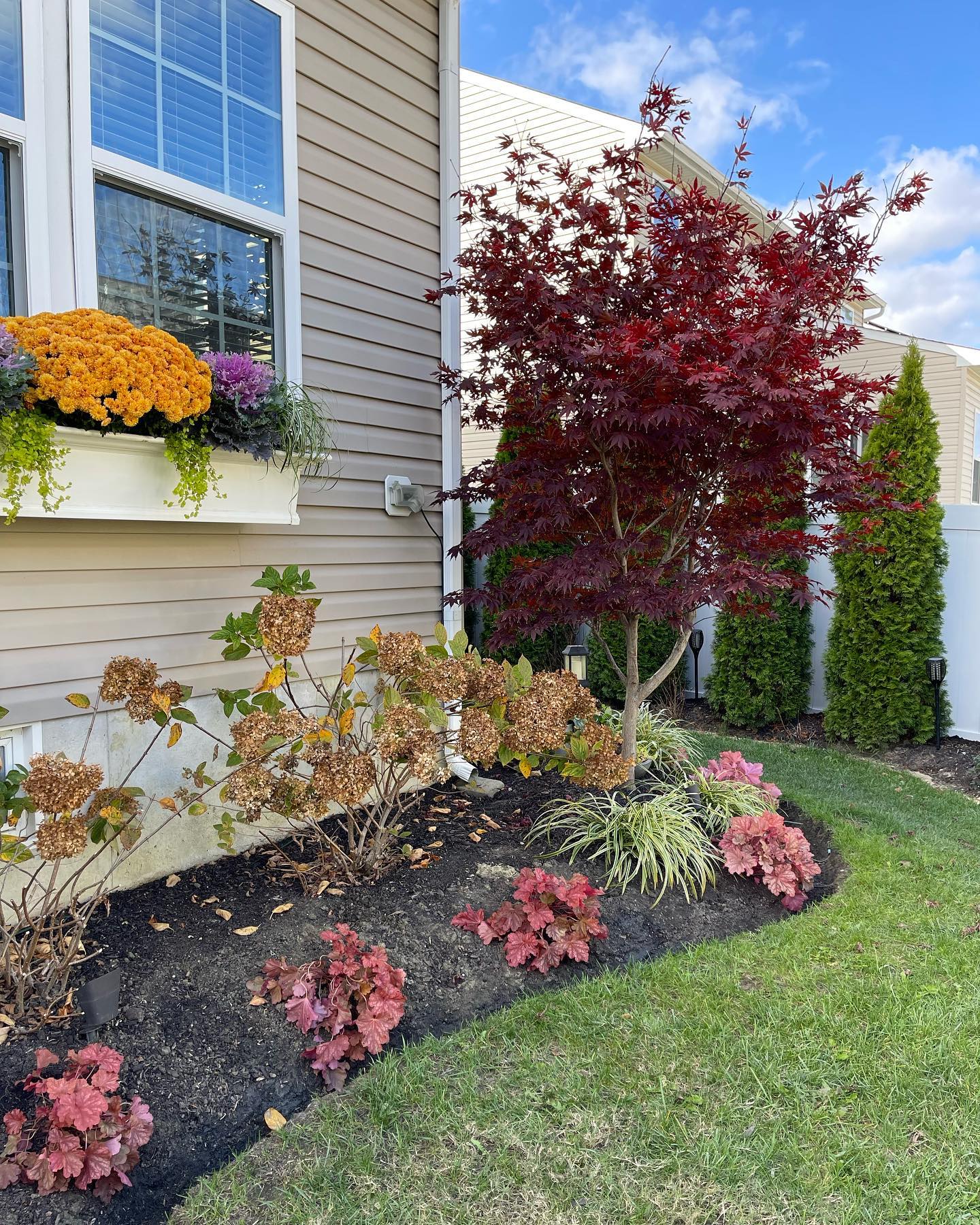
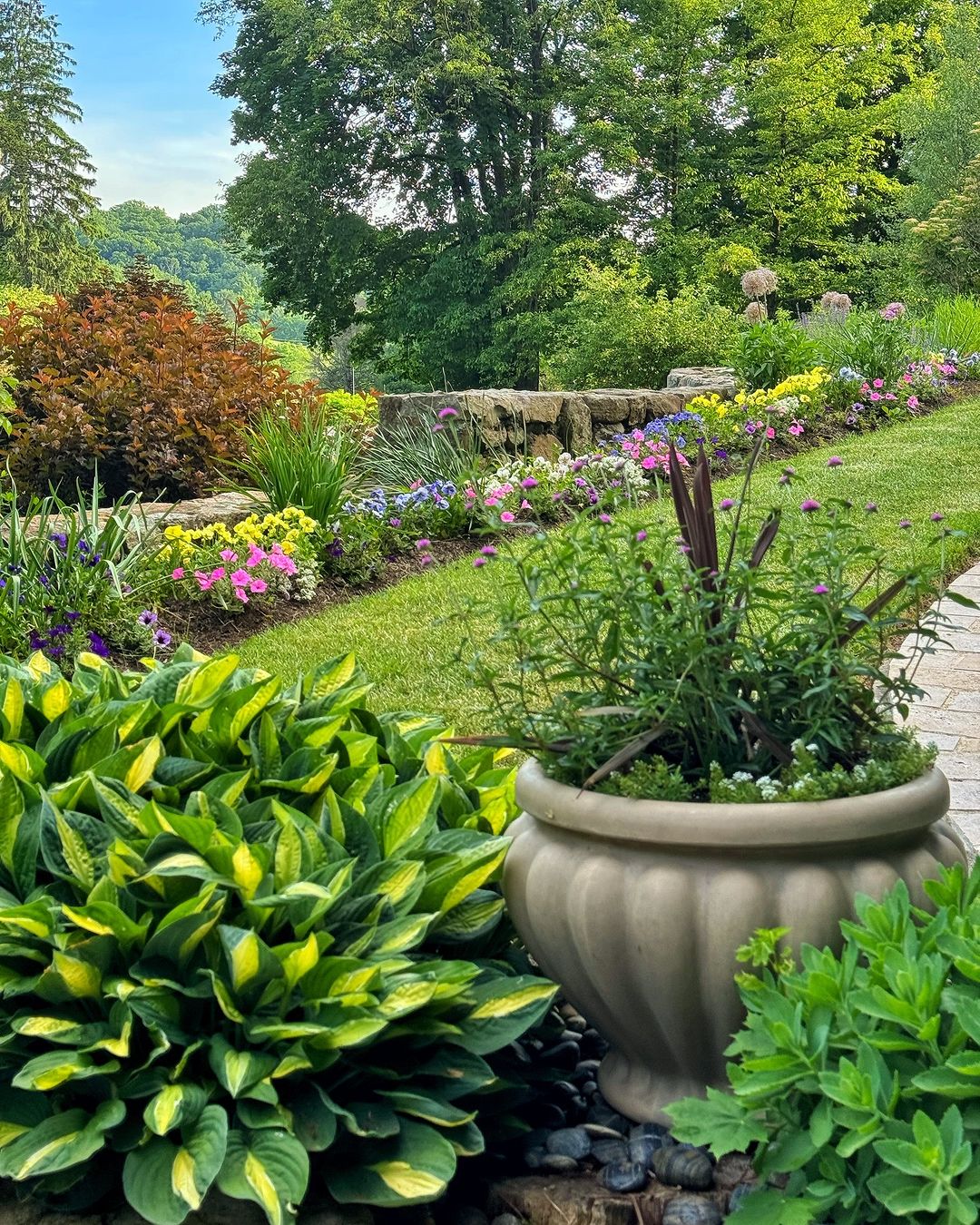
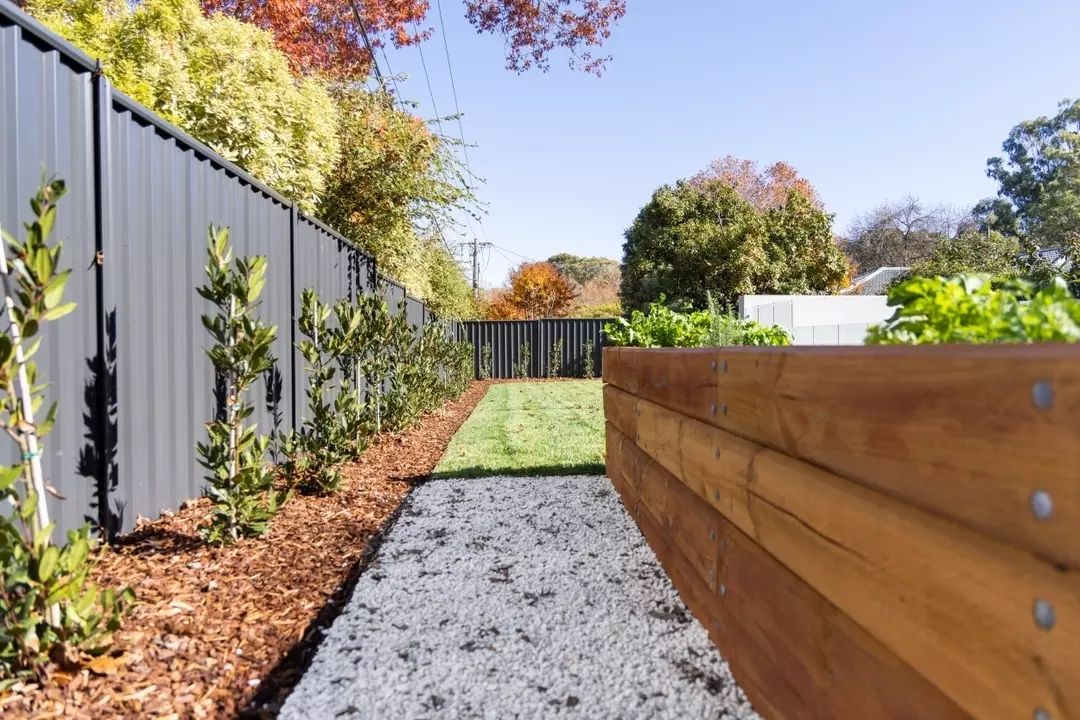
Comments